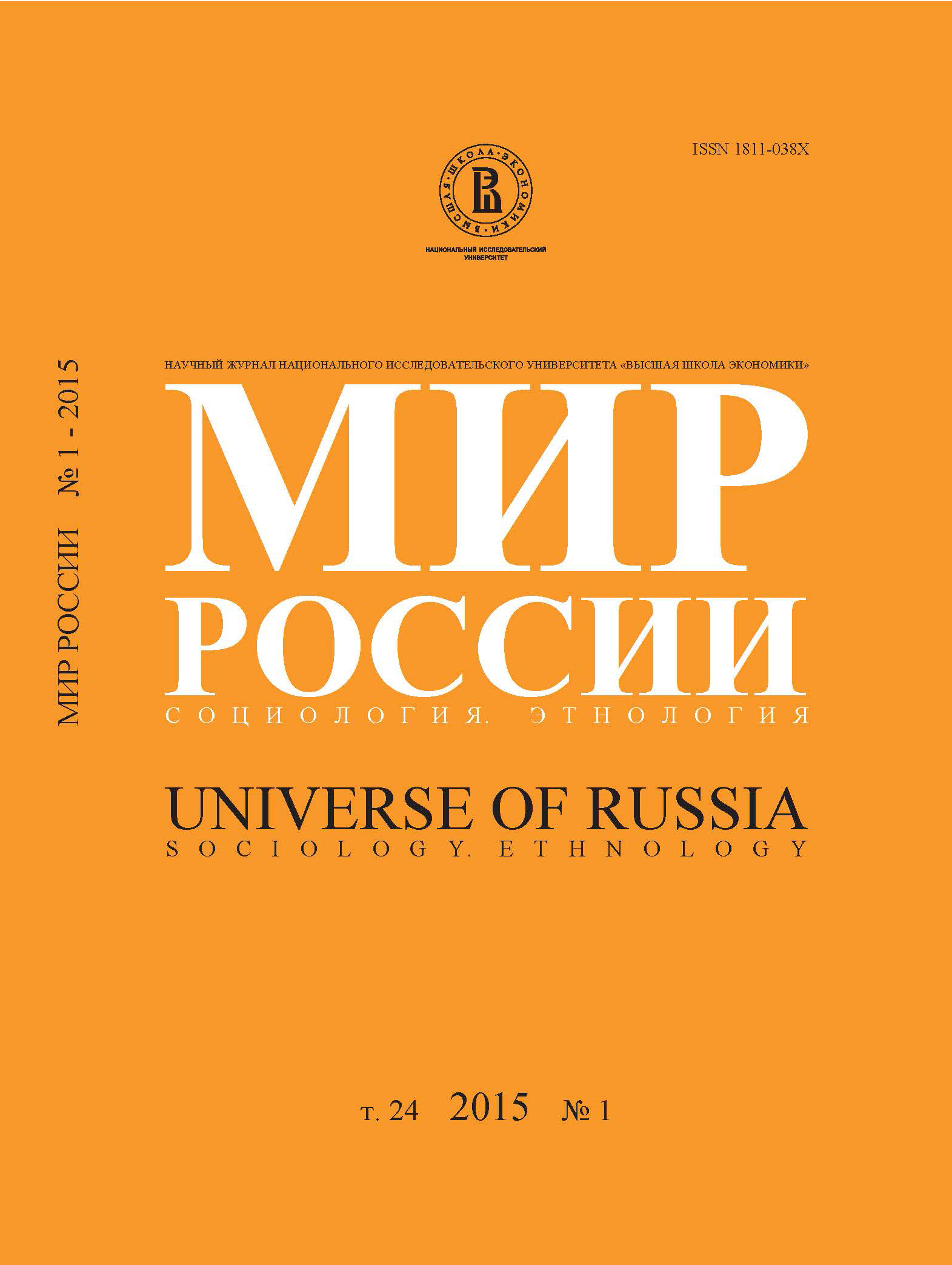Work Trajectories of Self-Employed Professionals
Abstract
Denis Strebkov — Senior Research Fellow, Laboratory for Studies in Economic Sociology, Higher School of Economics. Address: 20 Myasnitskaya St., Moscow, 101000, Russian Federation. E-mail: strebkov@hse. ru
Andrey Shevchuk — Senior Research Fellow, Laboratory for Studies in Economic Sociology, Higher School of Economics. Address: 20 Myasnitskaya St., Moscow, 101000, Russian Federation. E-mail: shevchuk@hse. ru
There has been growing concern in the literature about the heterogeneity of modern self-employment. This paper adds to this on-going discussion by investigating the association between different types of self-employed and their characteristics.
Our empirical data was collected by means of a standardized online survey, which was conducted in Russia. А Russian-language web questionnaire was hosted on FL. ru, the largest website for Russian-speaking freelancers. It included about 40 items covering a wide range of work and life topics. The survey started on December 12, 2013. Over 8 weeks 16,019 questionnaires were received. For this particular study we excluded from the dataset former freelancers and freelancers who had not yet acquired a contract, and our final sample of current active freelancers included 10,574 respondents.
We construct a typology of freelancers which overcomes the limitations of typologies based solely on the current employment status of individuals. To construct these work trajectories we used two main questions: 1. What is your current employment status? 2. What is you vision of your work future in the next five years? Do you believe, you will continue this career, and if so, in what status? At each level we distinguished three employment statuses — «moonlighters» (people who combine freelance with regular employment); «entrepreneurs» (people who run their own business with hired employees besides freelancing); and «genuine freelancers» (people without any alternate sources of income). Combining these two questions allowed us to create a set of nine logically possible types of work trajectories, which were further divided into two classes. The first class includes three groups of professionals who want to maintain their current status in the future and continue as genuine freelancers, entrepreneurs or moonlighters. The second class includes six groups of professionals who are unsatisfied with their current status, willing or planning to change it in the near future. In this paper we further investigate these two groupings with regard to their entrepreneurial capacity and employment prospects.






